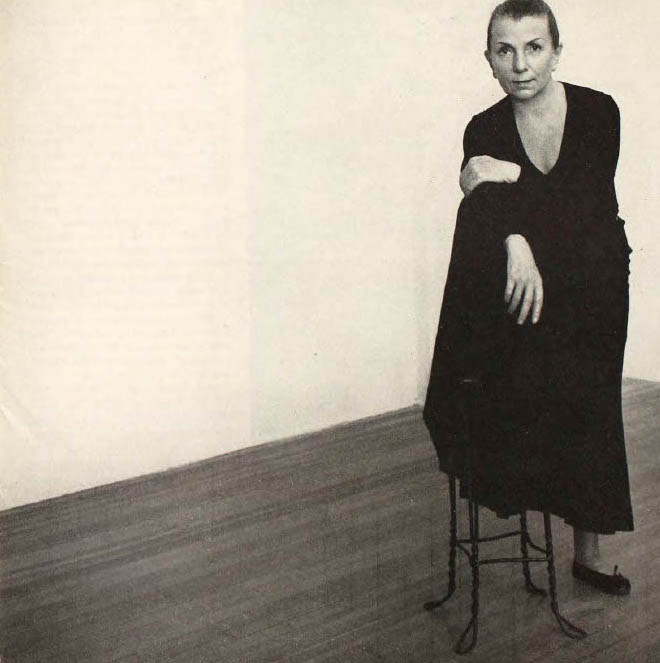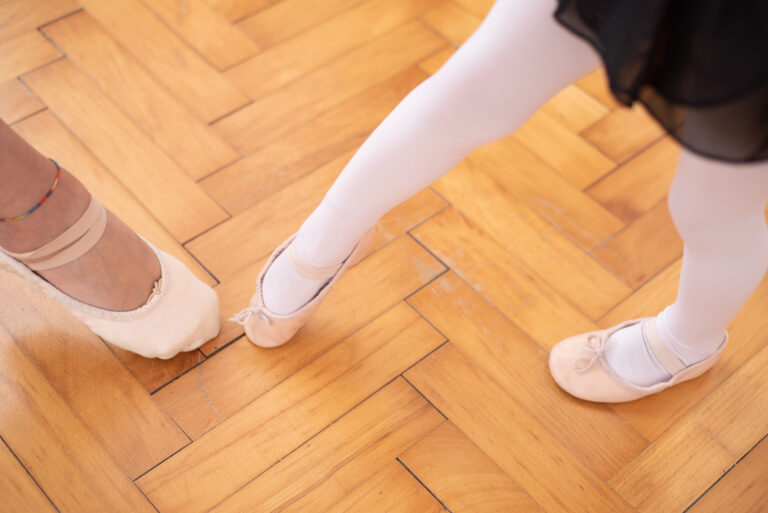
Germany-based choreographer and dancer Nick Palmquist is tall. He’s 6′ 3″, so he knows his choreography is going to look different on other (probably shorter) dancers’ bodies. “When [other dancers] hold on to [movement] longer, it becomes more sentimental, whereas I have to hit things a little harder because I’m a taller person, so it might feel more aggressive. The difference between feeling liberated or feeling trapped might just come down to your size and your interpretation. But it’s the same musicality.”
Palmquist has danced with the Rockettes and American Dance Machine, as well as in episodes of “Saturday Night Live” and “The Tonight Show.” Prior to his move to Germany, he taught regularly at Steps on Broadway and Broadway Dance Center in New York City. Now he shares his unique approach to musicality internationally. Although the movement quality of a particular phrase might differ from body to body, Palmquist believes that “musicality centers us [while allowing] us to be individual, as well.”
Finding Confidence Through Musicality
Palmquist sees music as an opportunity for exploration. He admits that he’s never felt super-confident with his facilities. “I couldn’t wow you with just [making] shapes,” he says, but with music he can tell stories.
He sees musicality as a great way for dancers to convey confidence to the audience. By being settled in the groove of the music, and not antsy for the next beat, a dancer can show how well they know the song and their body. Viewers think “I trust this person now,” says Palmquist, “They’re informing me of this song that I’ve never heard, or maybe it’s a song that I know really well, and there’s a nuance now, or instruments I didn’t understand before.”
But playing with nuance and timing requires the dancer to have a level of trust with their own body, adds Palmquist. “It’s about being confident enough to make the mistake a couple of times,” he says, “otherwise you’re just afraid that you’re [going to do it] wrong.” According to him, taking risks in class—like testing the limits of music, holding on to notes as long as you can, or having your ear open and responding to the smallest nuances in the music—can help dancers explore their bodies and develop that trust.
Guiding Musicality in Class
All of Palmquist’s music choices are filled with nostalgia. Each song he choreographs is tied to a childhood memory or emotion. Likewise, each move he choreographs is fueled with feeling. Because of this, he expects his students to feel secure enough to reach that level of vulnerability. This can be a challenge (in drop-in classes, for instance), but Palmquist has learned to model vulnerability and transparency: “I have to tell them what’s been challenging for me if I’m asking them to express that,” he says.
Palmquist also explains that it took a lot of exploration to find his own movement language, and he hopes that he encourages his students and dancers to take chances. To do so, he says, “[I] try to curate a playlist that gets people spiritually in a good place to move across the floor a little bit, and then start working on some of the more challenging things so it’s not too much [at the beginning].”
Another technique Palmquist uses in class is asking dancers to think about dancing in a movie versus a music video. While a music video is a visual representation of the music, in a movie, the actor doesn’t know the music that is tying the scene together. Therefore, the dancer and the music might be telling differing stories, but the audience gets a complex, full picture.
In class, he encourages dancers to find a middle ground between the two approaches.
“Sometimes you’re dancing right with the counts of the music, and then if there is an 8-count where you just need to fill it, it’s not necessarily embodying the music, it’s letting it be around you. That helps [dancers] understand performing something versus feeling something.”
Musicality as a Constantly Growing Skill
While musicality might feel like an innate skill to some, Palmquist believes there’s always room to grow. “There’s a difference between being correct and being musical. For me, being correct is the base layer. And then musical is the goal for the whole rest of the class,” he says.
“You might assume that musicality is something that comes right away. But for me, personally, it’s something that I could coach for hours and hours and hours on end.”
Need new music to explore movement? Check out Nick Palmquist’s playlist for Dance Teacher+ below.
“Un Colpo Al Cuore,” by Mina: “When I want to romanticize an experience, I love to underscore it with anything by Mina. Walking around alone in a foreign country, cooking, taking a bath, sitting on a train, picking out an outfit. Her music drips with the human experience, and she has enriched so many casual moments of my life and turned them into a scene of appreciation in the movie of my life. ‘Un Colpo Al Cuore’ is one of my favorites.”
“You Don’t Miss Your Water,” by Otis Redding: “I am so easily inspired by the music of Otis Redding. He is one of my favorite artists to create commissioned work with because his voice seems to just electrify dancers, and I consider the audience really lucky to witness someone in rapture while this soulful music thunders around them. I want to create a solo to ‘You Don’t Miss Your Water,’ but it’s taking me years to do it justice.”
“September Song,” by Agnes Obel: “This piece of music has, at various times, made me feel sad, important, hopeful, small, connected, misunderstood, nostalgic. It’s like a song reserved for a core memory, and the emotional state of memory kind of influences how you hear the song. If you reread that list of words and choose to hear sadness or hope in the music, you will. This versatility keeps me going back to it, especially when I’m in a mood I don’t understand. I find new things in the music as I experience more and more of life.”
“Oblivion,” by Grimes: “I love this song for my class warm-up, and many others by Grimes. The undeniable vibe of the song is the perfect escape into [my] body. I feel that the most important part of the dancing body is the nervous system, and informing any movement or stretch with music that encourages a playful and euphoric self-expression is a go-to for me. ‘Genesis’ is another favorite.”





